
IT IS THE START of another year, and I believe that readers will be pleased with the diversity and quality of the articles in our January–February 2017 issue. I would like to thank all of the authors, especially Ming Wilson and Rose Kerr, for their excellent articles. Ming and Rose are seen in the photograph above, taken at a luncheon that I had the pleasure of hosting during my recent visit to London. I am also delighted to announce that Jessica Harrison-Hall, Head of the China Section and Curator of Chinese Ceramics (including the Sir Percival David Collection) at the British Museum, has joined our team of esteemed Contributing Editors.

The many highlights of Asian Art in London (AAL) this year included the launch for Chinese Ivory Carvings: The Sir Victor Sassoon Collection by Rose Kerr, former Keeper of the Far Eastern Department at the V&A, Phillip Allen, Secretary of the Sir Victor Sassoon Chinese Ivory Trust, and Shi Ching-fei, Associate Professor at National Taiwan University and former curator of the National Palace Museum. Carol Michaelson, one of the current Trustees, explained that Sir Victor Sassoon (1880–1961) left a remarkable legacy when he created a trust to preserve his collection of ivories for the benefit of the British public. Although the issue of the use of ivory as a decorative material is now highly controversial, with many prohibitions rightly in place for modern ivory, this magnificent book contains a selection of what the authors consider to be some engaging and important historical pieces. Dating from the Shang dynasty to the early 20th century, there are more than 350 exquisitely carved ivories depicted, including: ornaments, sewing boxes and vases; scholar’s brush pots, wrist rests and table screens; and figurines portraying deities and immortals associated with Buddhism and Daoism. The beautifully illustrated book, that took some twenty years to bring to fruition, is a testament to the technical skills of the craftsmen who produced these wonderful objects.

More than 300 people attended Colin Sheaf’s extremely interesting and humorous lecture at Bonhams, titled “Bond Street Blues: The Victorian Passion for ‘Nankin”‘. I am very pleased to announce that Colin, the Chairman of Bonhams Asia and one of our Contributing Editors, has just been elected a Fellow of the Society of Antiquaries, the prestigious British society of learned academics and historians. Bonhams also sponsored The Oriental Ceramic Society lectures during AAL: “New Research into Painted Enamels” by Dr Tatiana Arapova, leading researcher in the Oriental Department of the State Hermitage Museum, St. Petersburg; and “Diplomatic Gifts from the Kangxi Emperor to Peter the Great” by Dr Maria Menshikova, Curator of Chinese Art at the State Hermitage Museum. After the cocktail reception, I attended a dinner with both lecturers, which proved a great opportunity to learn more about the collections at their distinguished museum.
As always, I was impressed with the diversity of the AAL programme although there seemed to be fewer people in attendance at the Late Night Openings; however, the auctions were still well attended. Roger Keverne, Chairman of AAL, told me: “Asian Art in London went well for most people. I have had some very positive feedback and am told that dealers were selling well, and we, Roger Keverne Ltd, sold to a variety of clients across the board. This year we sold more to UK and European clients than to Chinese and the US, which is different from former years, and we sold jade, lacquer, bronzes and ceramics, so altogether a good week. The auctions were resilient and good results were recorded at virtually all the auction houses as far as I can see. They can, of course, speak for themselves. However, altogether it seems we have had a good AAL, and London seems as resilient as ever and a good place to do business in Asian art. November 2nd to 11th are the dates for AAL 2017—its 20th Anniversary Year!”






I am including in this Editorial some illustrations of my personal “top five” favourite artworks from Marchant, Eskenazi, Runjeet Singh, Woolley & Wallis and Gregg Baker Asian Art in order to give Arts of Asia readers a flavour of AAL 2016. The Yongzheng mark and period doucai jar and cover, delicately painted in underglaze blue with two scaly yinglong (winged dragons) in flight amongst scrolling clouds, was the most coveted Imperial Chinese porcelain during AAL. It sold for £968,400 including the buyer’s premium (estimate £100,000–200,000) at Woolley & Wallis. The auction house’s Asian Art sale had an 80% sold rate and a total of £3.6 million, which was a very successful result. I have also included a fun photo of the David Bowie exhibition—occupying the complete Upper Galleries at Sotheby’s Bond Street—which was crazily busy, attracting some 4000 visitors per day throughout the preview. With such huge interest and demand, there was little surprise when almost every lot in the two-day sale skyrocketed above the conservative estimates.
I am happy to report that the “China in Print—Hong Kong Rare Book, Photograph and Map Fair” achieved record sales and attendance at its fifth edition. Andrea Mazzocchi, the fair organiser who joined Bernard Quaritch Ltd in 2011, was proud to welcome serious collectors to China in Print, saying: “It was the absolute best print fair we have ever had in Hong Kong in terms of top quality exhibitors and they brought their best things. The timing was good and everyone sold well. We are so happy that it was a great success and I am looking forward to returning to Hong Kong next year. The venue at the Hong Kong Maritime Museum is perfect and suits us very well.”

In my previous Editorial, I mentioned the Martyn Gregory exhibition of historical pictures by Chinese and Western artists at The Long Gallery, Hong Kong Maritime Museum. I went twice to the show and fell in love with the gorgeous oil painting of the Praya Grande, Macau, which was, not surprisingly, snapped up immediately. Martyn explained that China Coast drawings by George Chinnery remain highly sought after and still sell extremely well in Hong Kong. Readers of Arts of Asia will likely recall that Chinnery was the most famous and prolific of any European artist working in South China before the advent of photography, having been based in Macau and Canton (1825 to 1852) at the height of the China Trade in the mid-19th century.
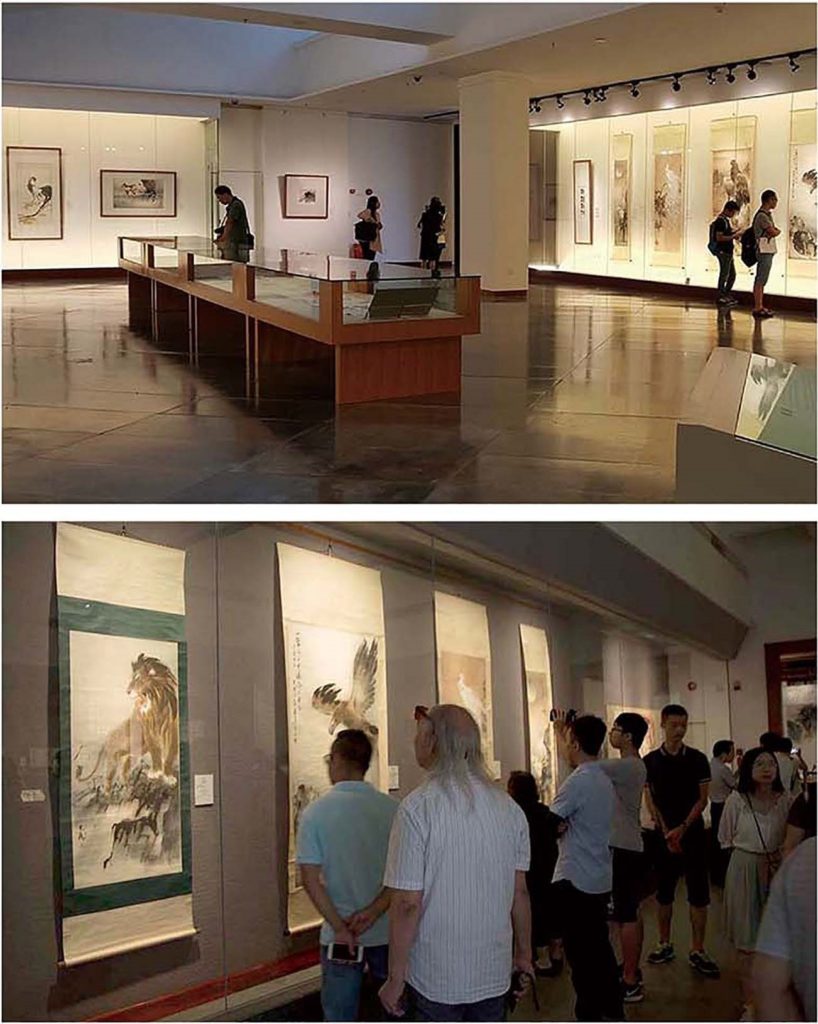
I would also like to draw attention to Barry Till’s article in the “Collectors World” section, “Understanding and Appreciating the Art of Stephen Lowe”. In Autumn 1985 and Spring 1986, the art of Stephen Lowe was hosted at national museums in the cities of Beijing, Nanjing, Shanghai and Guangzhou. Invited by various government and art institutions across the country, the Lowe family accompanied more than 120 paintings accumulated from private collections across North America, shown for the first time in Stephen Lowe’s motherland. This six-month tour was known as “The Homecoming Tour”. Thousands of people attended, eager to see the art of a man who, decades earlier, had left his homeland to pursue his dream of becoming an artist. People from all walks of life, including art masters and students, flocked to see the Chinese watercolour paintings with a clear Western influence.
From August 26th to November 6th, 2016, the art of Stephen Lowe again returned to China, in celebration of the 30th anniversary of “The Homecoming Tour”. Three successive exhibitions were staged at Taikoo Hui, Guangzhou Museum of Art and Lingnan Museum of Fine Art, all in Guangdong province, the birthplace of Stephen Lowe. Coinciding with these well-attended exhibitions was the release of a newly published book titled Stephen Lowe—A Bridge Between Cultures. Presenting the life and art of this Chinese-Canadian artist, this volume is available in English and Chinese. The project has taken several years to complete and represents a labour of love by the artist’s widow, Eunice. Further exhibitions in China featuring works by the gifted Stephen Lowe are being scheduled throughout 2017.
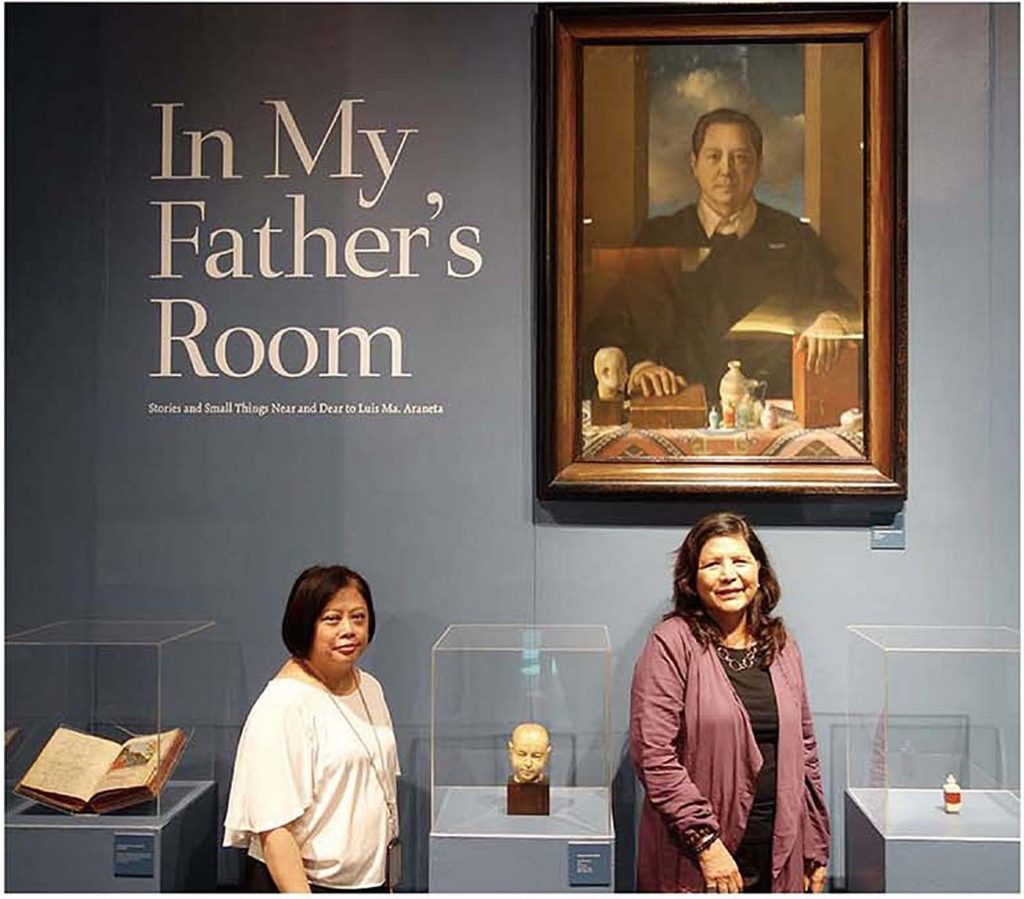
Just before going to print, I made a quick trip to Manila where I had a terrific time visiting friends in the art world. No stopover in Manila is complete without a visit to the outstanding Ayala Museum. Ditas R. Samson, Senior Curator, kindly gave me a tour of the museum’s fabulous collections of indigenous Philippine textiles, paintings by Filipino masters Juan Luna (1857–1899), Fernando Armosolo (1892–1972) and Fernando Zobel (1924–1984), Chinese and Southeast Asian ceramics found in the Philippines, and the stunning exhibition of more than 1000 gold objects celebrating the sophisticated cultures that existed in the Philippines before colonisation in the 16th century.
I was also fortunate to meet Patricia Maria Araneta at the opening of her exhibition, “In My Father’s Room: Stories and Small Things Near and Dear to Luis Ma. Araneta”, which runs at the Ayala Museum until January 29th, 2017. This fascinating show honours the legacy of Luis Ma. Araneta as collector and connoisseur. His collecting interests ranged from Philippine colonial sculpture and paintings to Asian traditional arts and antiquities. Selected lovingly by his eldest daughter, Patricia, the objects on display once adorned their family residence in the exclusive Forbes Park.

My Editorial ends with a photograph of Martin Kurer and myself taken at his home in Manila , which he designed to showcase his impressive collections of Cordillera tribal art and contemporary Asian art. It is always a pleasure sharing experiences and stories with fellow collectors, and there is no better way to learn than to handle artworks in person. Martin worked tremendously hard on his article, “Simple and Powerful: Expression in Cordillera Traditional Art”, for this edition, and I would like to thank him again for his hospitality and dedication.
Finally, I would like to wish all our readers a happy, healthy and prosperous Year of the Rooster. I think it is fair to say that many of us are facing challenging times due to the worldwide economic downturn and the growth of the Internet in the art and antiques business, which has led to a change in the way that dealers and collectors view and acquire artworks. Although the Golden Age of publishing may be behind us, I am greatly encouraged by the positive responses to the magazine that I receive from our readership. Let me assure you that the team at Arts of Asia will continue to strive to produce a first-class print publication. I truly hope that all our readers will thoroughly enjoy this issue and the exciting issues planned for the rest of this year.

Please click here to view the contents of this issue.

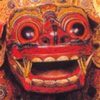 Subscribe
Subscribe Calendar
Calendar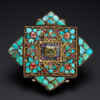 Links
Links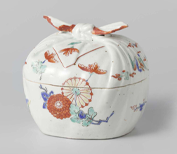 Gift
Gift


